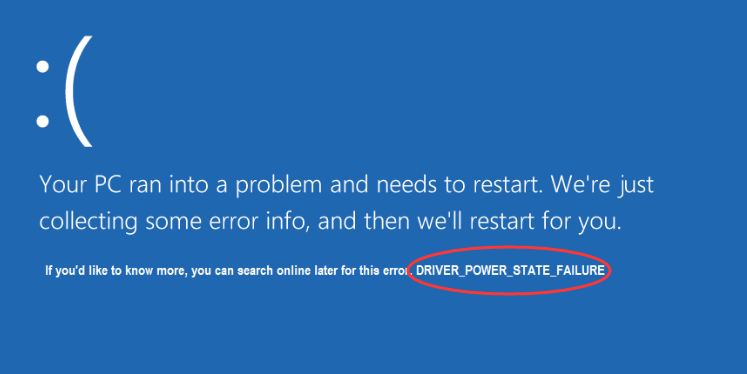
Blue screens can happen for many reasons. If you get the Driver Power State Failure error in your Windows 10 device, it could indicate bad drivers, incompatible hardware, or in some cases, improper power settings.
Fortunately, fixing this error is relatively simple. We’ve included 6 solutions below that you can try to fix the error. You may not have to try them all. Just work your way down the list until you find the one that works for you.
Table of contents
Solution 1: Remove external hardware
External hardware connected to your PC, if not working properly, can cause computer problems like this. To see if that’s the core issue, try disconnecting your peripherals (your speaker, printer, scanner, USB drive, etc.), then restart your computer.
If your computer runs correctly after removing external hardware, that means that one of your hardware is causing the problem. You should reinstall each device back into your computer and test them each time. Then, you’ll find the specific device that causes your problem. Reinstall/Update the driver for the device once you’ve identified it.
If your issue persists after disconnecting peripherals, try the solution below.
Solution 2: Uninstall the problematic driver
Windows will show the device status in Device Manager. If your device isn’t working properly – say the device driver is missing or corrupted, you’ll find a yellow exclamation mark on top of the device icon. In this case, uninstalling the driver should fix your issue.
Follow the instructions below:
1) Boot your PC into Safe Mode if it won’t boot normally.
2) On your keyboard, press the Windows logo key and R at the same time to invoke the Run box.

3) Type devmgmt.msc and click OK.
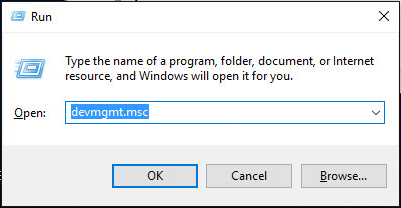
4) Expand the category and find the device with a yellow exclamation mark. If you didn’t see any yellow exclamation marks in Device Manager, skip the following steps and try Solution 4.
5) Right-click the device and select Uninstall device.
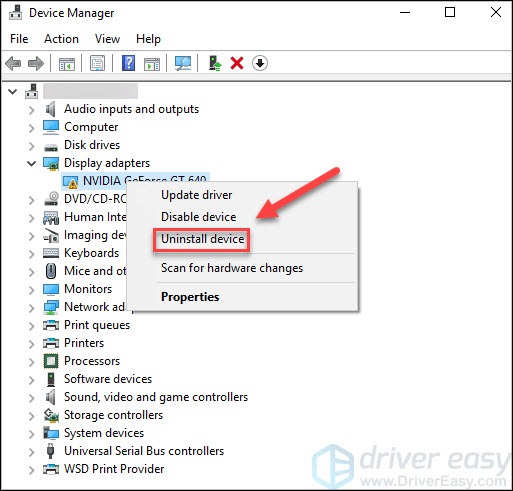
6) Reboot your PC and check to see if the Driver Power State Failure error resolves.
Solution 3: Update device drivers
One of the most common causes of this problem is outdated drivers. Whether you choose to update the device drivers manually, using Windows Update, or you use a trusted third party product, it’s essential that you have the latest correct device drivers for your operating system at all times.
If you’re not comfortable playing with device drivers, we recommend using Driver Easy. Driver Easy will automatically recognize your system and find the correct drivers for it. You don’t need to know exactly what system your computer is running, you don’t need to be troubled by the wrong driver you would be downloading, and you don’t need to worry about making a mistake when installing.
You can update your drivers automatically with either the 7 days free trial or the Pro version of Driver Easy. It takes just 2 clicks, and you get full support and a 30-day money-back guarantee with the Pro version:
- Download and install Driver Easy.
- Run Driver Easy and click the Scan Now button. Driver Easy will then scan your computer and detect any problem drivers.
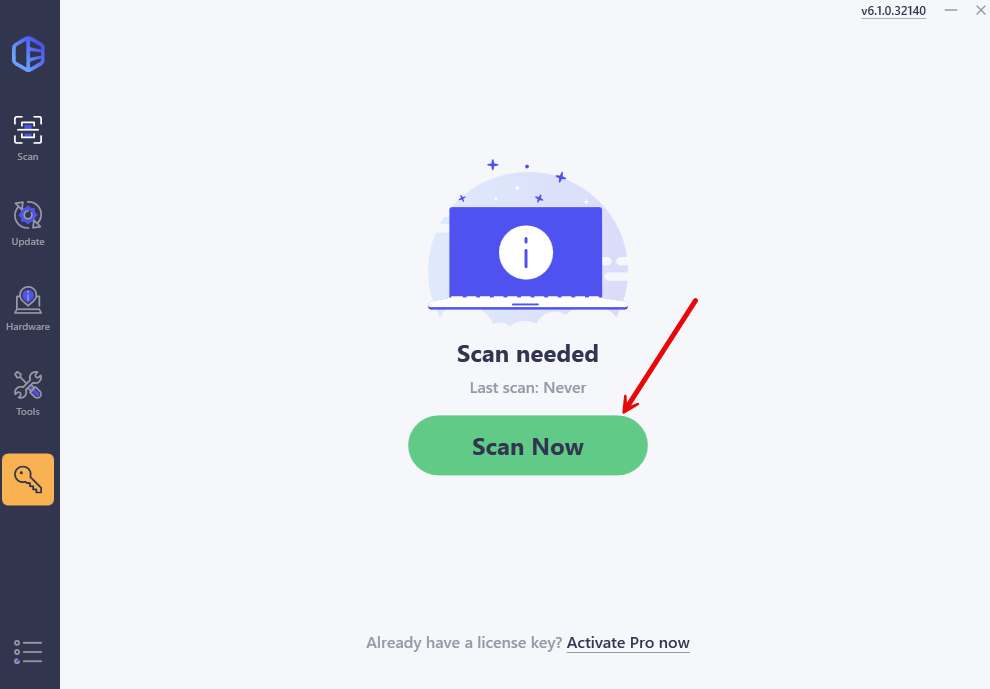
- Click the Activate & Update button next to the flagged device to automatically download and install the correct version of this driver.
Or click Update All to automatically download and install the correct version of all the drivers that are missing or out of date on your system (You’ll need the Pro version for this – when you select Update All, you’ll get a prompt to upgrade. If you’re not prepared to purchase the Pro version yet, Driver Easy provides a 7-day trial at no cost, granting access to all Pro features like fast downloads and easy installation. No charges will occur until after your 7-day trial period ends.)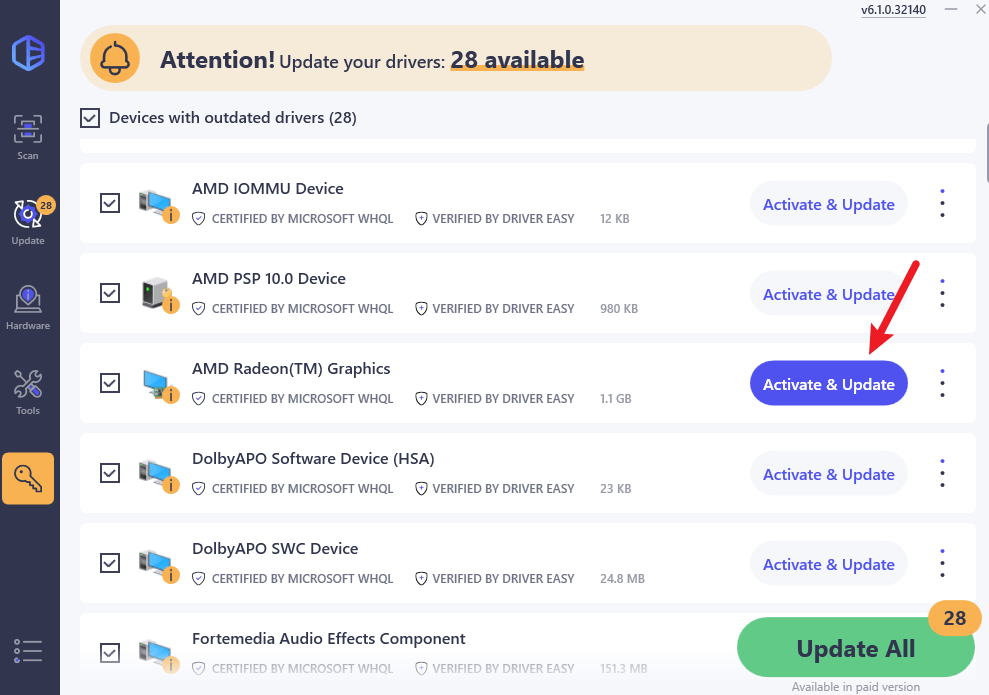
- Restart your computer for the change to take effect.
5) Reboot your PC and check to see if the Driver Power State Failure error has been resolved.
If the problem still exists, then go ahead with the next solution.
Solution 4: Turn off power saving
The problem can be caused by power setting issues. So change the power settings to see if this resolves the problem.
Follow the steps below:
1) Boot your PC into Safe Mode if it won’t boot normally.
2) On your keyboard, press the Win+R (Windows logo key and R key) at the same time to invoke the Run box.

3) Type control panel and click OK to open the Control Panel window.
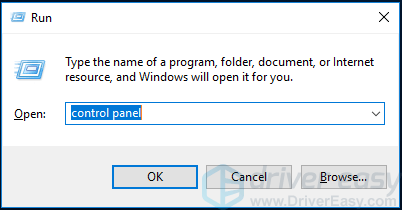
4) View by Small icons and select Power Options.
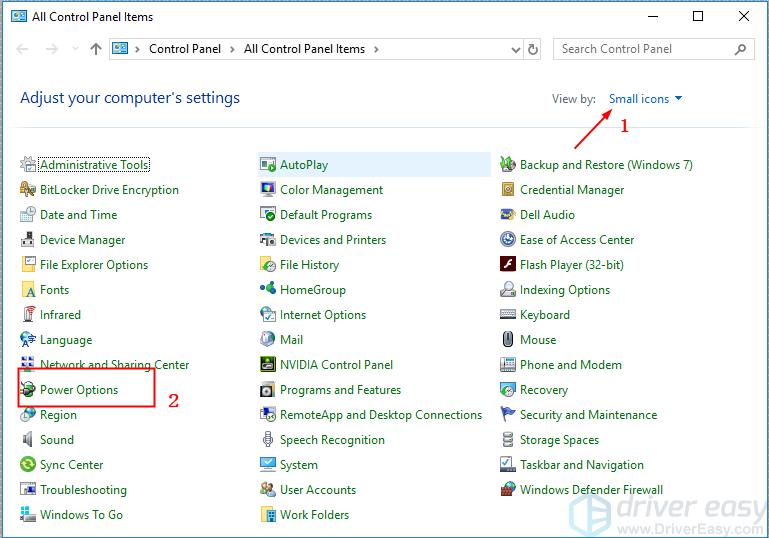
5) Ensure Balanced (recommended) is selected, and click Change plan settings next to it.
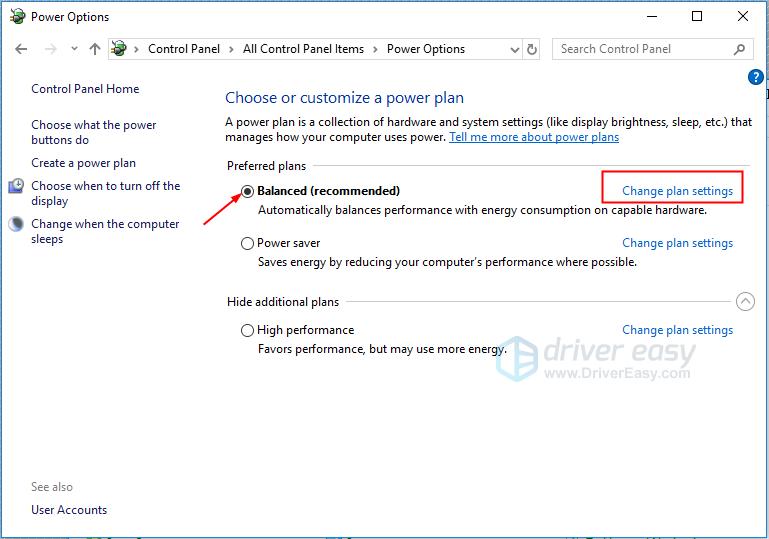
6) Click Change advanced power settings.
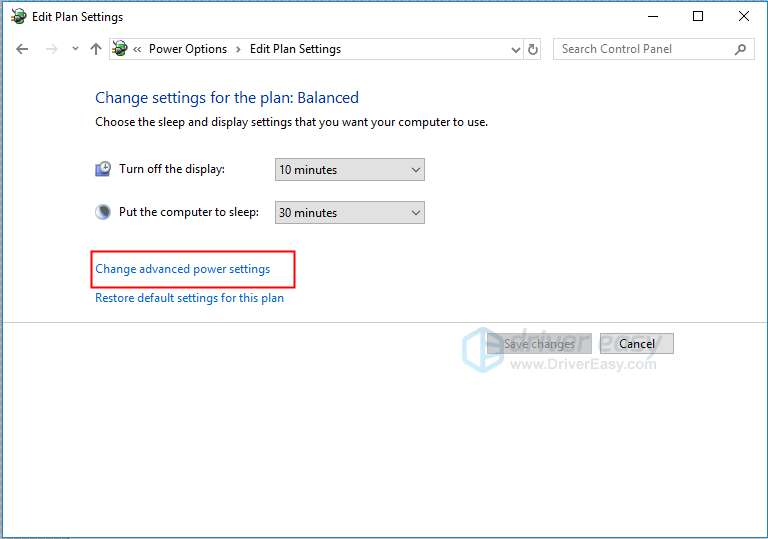
7) Expand Wireless Adapter Settings and Power Saving Mode, then change the setting to Maximum Performance.
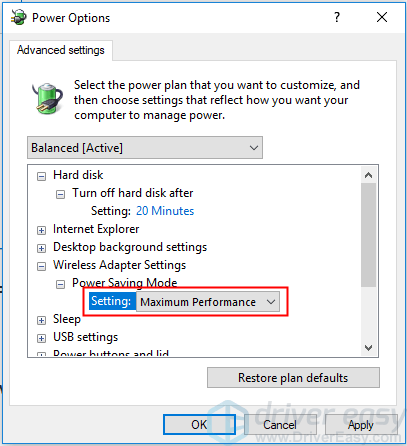
8) Expand PCI Express and Link State Power Management, then change the setting to Maximum power savings.
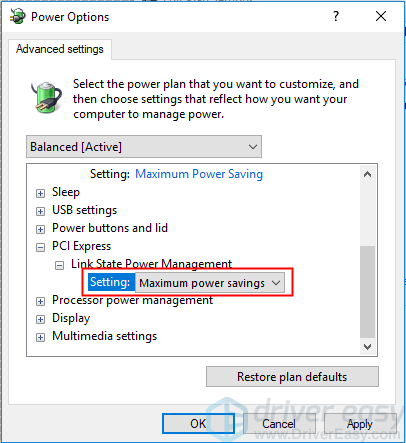
9) Click Apply then OK.
10) Reboot your computer to check to see if the Driver Power State Failure error is gone. If this doesn’t work for you, try the next fix.
Solution 5: Uninstall third-party software
Third-party software, especially your antivirus, running on your PC can also cause blue screen errors. To see if that’s the issue for you, uninstall your antivirus and newly installed programs temporarily, then restart your computer to test your issue. Here is how:
1) On your keyboard, press the Windows logo + R keys simultaneously to open the Run box. Type appwiz.cpl and hit Enter.
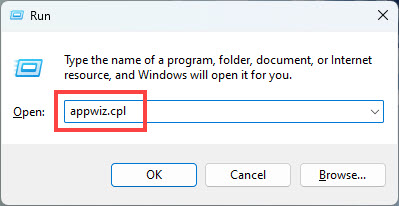
2) Right-click the program you want to remove and select Uninstall.
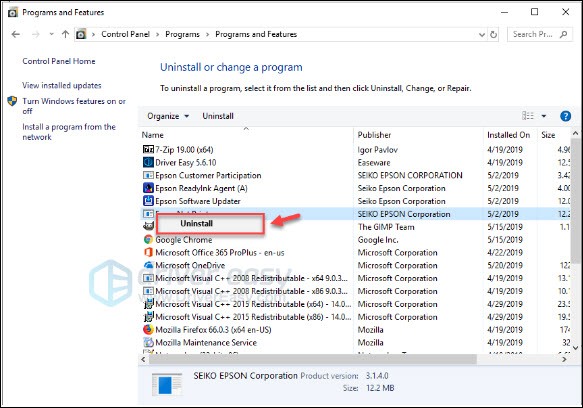
3) Restart your computer to see if this solution worked.
If you run into the blue screen error again, then try the solution below.
Solution 6: Refresh your Windows 10 PC
If none of the solutions above worked, try refreshing your Windows 10 computer to see if that fixes your issue.
Hopefully, you will find this article helpful. If you have any questions or suggestions, please feel free to leave a comment below.






